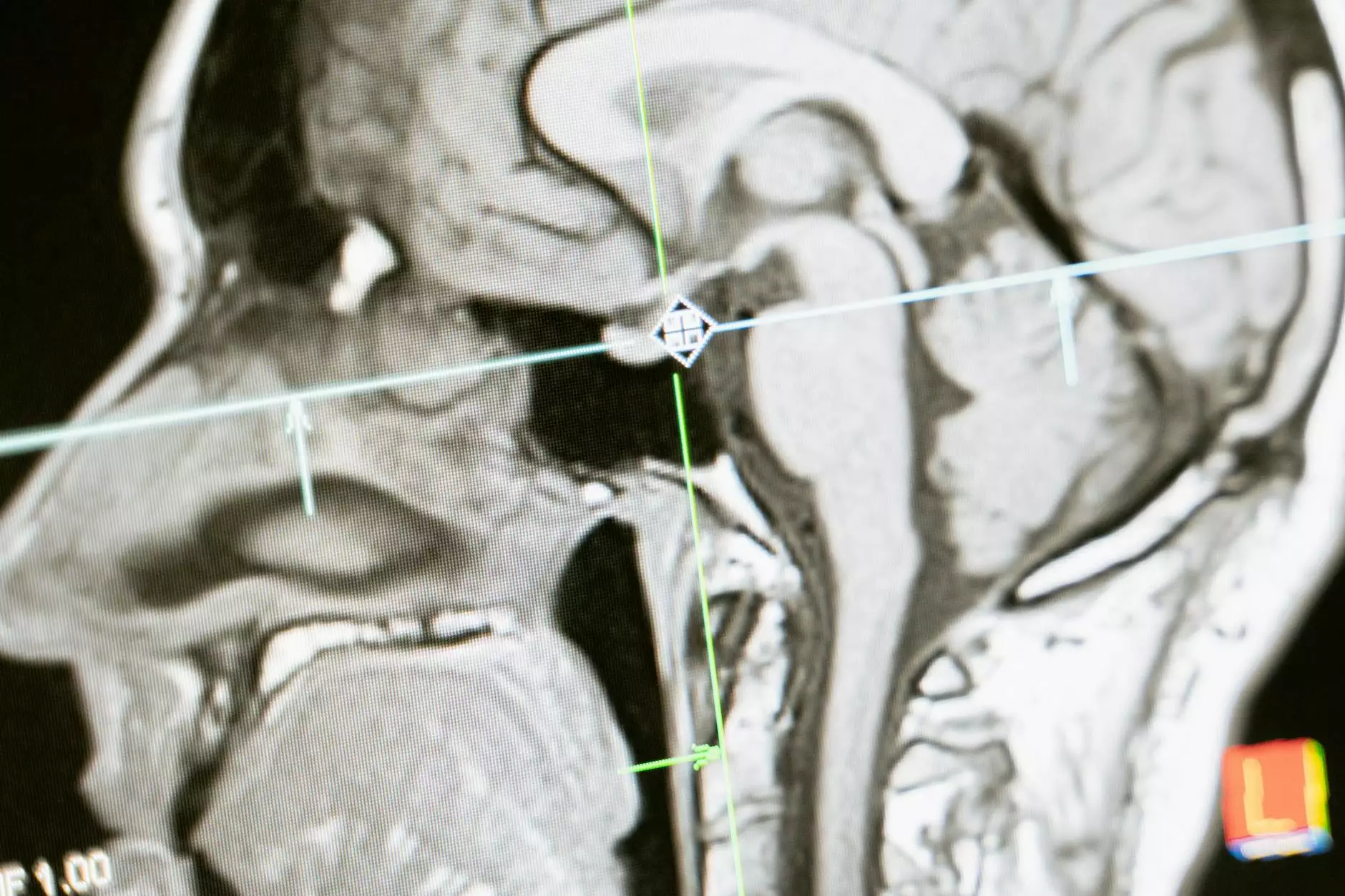Becker Muscular Dystrophy: Understanding Causes, Symptoms, Treatment, and Care

Introduction
At Foley James D MD, we specialize in providing comprehensive healthcare services in the field of Health. In this article, we aim to provide you with detailed information about Becker Muscular Dystrophy, including its causes, symptoms, treatment options, and care.
What is Becker Muscular Dystrophy?
Becker Muscular Dystrophy (BMD) is a genetic disorder that primarily affects the muscles. It is named after Dr. Peter Emil Becker, a German doctor who first described the condition in the 1950s. BMD is a milder form of muscular dystrophy compared to Duchenne Muscular Dystrophy (DMD), but it can still significantly impact an individual's quality of life.
Causes and Genetic Inheritance
BMD is caused by mutations in the DMD gene, responsible for producing a protein called dystrophin. Dystrophin plays a crucial role in maintaining the structural integrity of muscle fibers. Mutations in the DMD gene lead to reduced or abnormal dystrophin production, which in turn weakens and damages the muscles over time. BMD follows an X-linked recessive inheritance pattern, meaning the gene mutation is carried on the X chromosome.
Symptoms and Progression
The onset and severity of BMD symptoms can vary widely among individuals. Typically, symptoms start to manifest in late childhood or early adolescence, but they may appear later in life as well. Common symptoms include muscle weakness, particularly in the legs and pelvis, difficulty walking or running, frequent falls, calf muscle enlargement, and muscle cramps. Unlike DMD, individuals with BMD might retain the ability to walk into their 30s or later.
Diagnosis and Genetic Testing
Diagnosing BMD involves a combination of clinical evaluations, muscle biopsies, and genetic testing. Physical examinations, along with a detailed medical history, can help identify characteristic signs of the condition. Muscle biopsies may reveal the absence or reduced levels of dystrophin. Genetic testing can confirm the presence of mutations in the DMD gene, further aiding in the diagnosis.
Treatment and Management
Although there is currently no cure for BMD, various treatments and therapies can help manage the symptoms and improve quality of life. Treatment approaches may include physical therapy, orthopedic interventions, medication to address specific symptoms such as heart problems or muscle cramps, and assistive devices to aid mobility. Regular medical monitoring is essential to track disease progression and manage complications effectively.
Care and Support
Caring for individuals living with BMD requires a comprehensive and multidisciplinary approach. A qualified healthcare team comprising physicians, physical therapists, occupational therapists, and other specialists can provide personalized care plans tailored to the individual's needs. It is crucial to address not only the physical aspects but also the emotional and psychological well-being of patients and their families. Support groups and counseling can play a significant role in providing emotional support and addressing the challenges associated with BMD.
Research and Future Directions
Ongoing research efforts continue to explore potential therapeutic approaches for BMD, including gene therapies, exon skipping, and other innovative treatments. Advances in medical science and technology offer hope for improved outcomes and enhanced quality of life for individuals affected by BMD.
Conclusion
Becker Muscular Dystrophy is a genetic disorder that affects the muscles, leading to muscle weakness and potential mobility challenges. Foley James D MD is committed to providing expert healthcare services in managing BMD, aiming to improve the overall well-being of individuals living with the condition. Contact us today to learn more about our services and how we can support you or your loved one.










